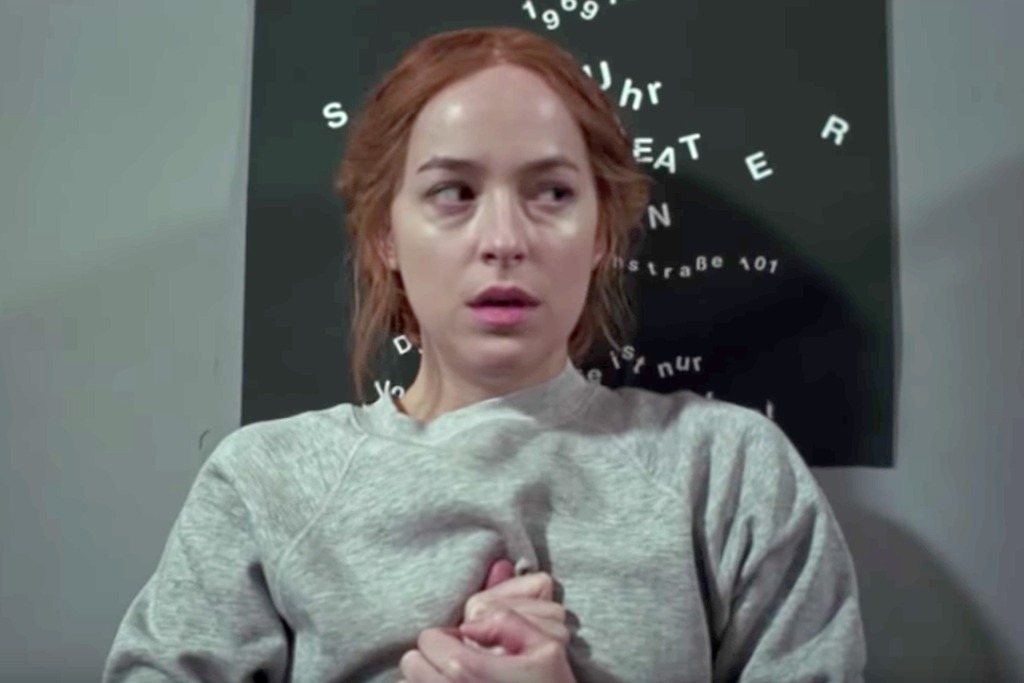
The current cinematic age is not one of original ideas. Looking at the titles released every year, fewer and fewer movies feature a new story, idea or character. Instead, many of them are sequels, reboots, remakes, prequels, spin-offs, films from a “shared cinematic universe”, or new adaptations from an original material that already was the base for other movies.
The last ten years saw the spike of this tendency, with its good and bad consequences. What was happening before? The simple answer is that when a “non-original” film came out, most of the time it was either a sequel, or a remake. Other forms of follow-up movies like prequels or spin-offs were much rarer.
Remakes in particular are a strange cinematic beast: sometimes they are produced because the original did not gain much attention but had a worthy story, and other times they are made because the original was very successful, and the remake tries to put a spin on it (or capitalize on the film’s recognizability).
This list looks at remakes of both these kinds which took a very different approach from the film they were remaking, often becoming something that can hardly be called “remake”.
10. A Star is Born (2018)
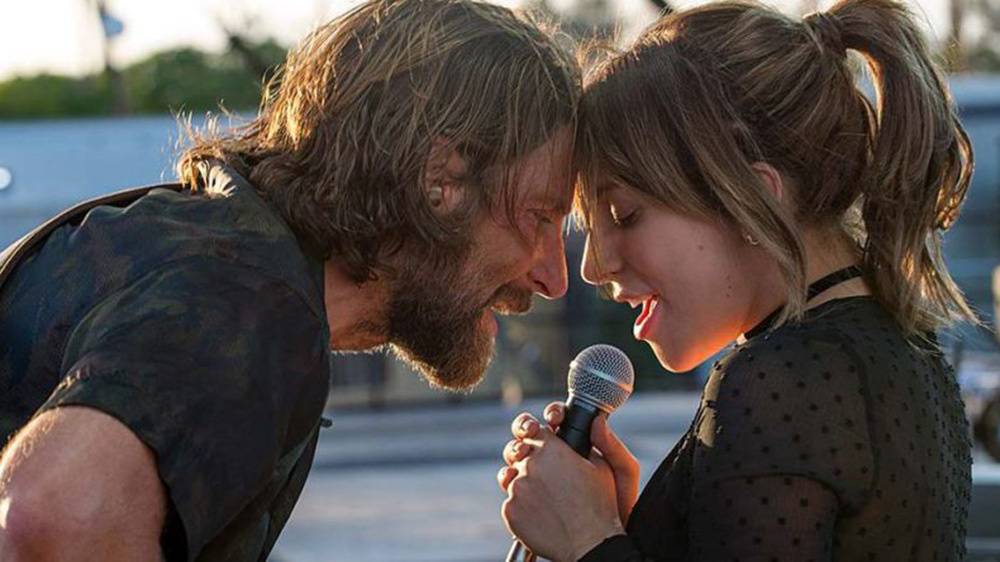
A Star is Born has a complicated history of remakes. The one which came out in 2018 starring Bradley Cooper (who is also the director) and Lady Gaga revitalized the franchise (if it can be called a franchise) and for many it was the first time they saw this story.
Others know the ‘70s version better, and its famous performance by Barbra Streisand. Perhaps the most appreciated, all thing considered, is the Judy Garland one, directed by George Cukor. But even this one is not the original: the first A Star is Born dates back to 1937 and the two protagonists were interpreted by Janet Gaynor and Fredric March.
This 81 years-long history has perhaps culminated with the Bradley Cooper version, but a new remake is not to be ruled out, perhaps with even more twists on the formula which has constantly varied between versions. Sure, the main plot is the same, but the films’ sensibility and crucial aspects change from version to version, most notably in the shift from acting to singing between the first two films and the most recent two. A few moments still remain unchanged, like the tragic but eventually uplifting ending, and the “another look at you” line.
9. Freaky Friday (2003)
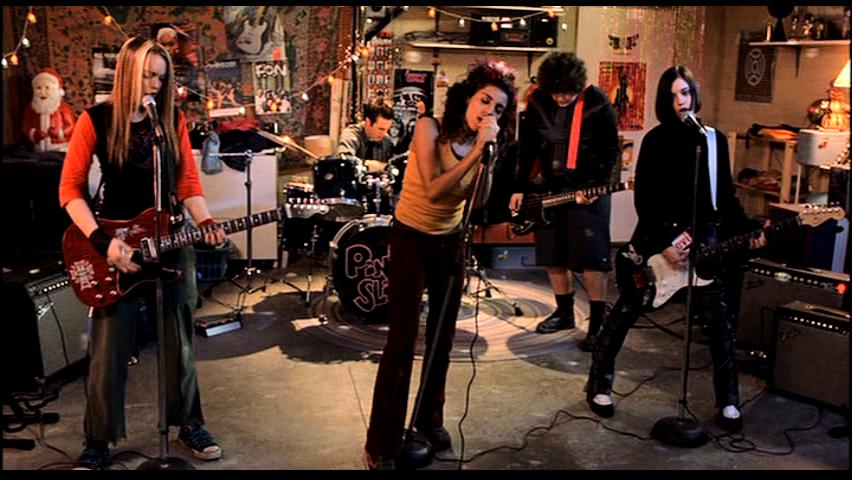
What is the most over-used narrative gimmick in Hollywood cinema? When it comes to comedies (and sometimes horror), the answer are two: one is the “Groundhog Day” (where the protagonist finds himself reliving the same day over and over) and the other is the “two very different characters temporarily switch bodies” cliché.
Freaky Friday is one of the most known examples of this trope which was already a pretty tired one when the film starring Lyndsay Lohan and Jamie Lee Curtis came out in 2003, but the film was a remake of the 1976 version with the same title.
The original featured Jodie Foster as the daughter who switches with her mother, and it comes to no surprise that the producers of the remake tried to convince Foster to return and play the mother in the version, which is exactly the kind of trick that can make a boring film less boring.
All considered, the two pictures are quite different, mainly because of the different age of the daughter: by making Lohan’s character in the remake some years older, the film gains more interesting sides to the story, which still remains very simple. The remake goes for a more modern, and maybe predictable, approach, which lacks some of the original’s weirdness, like in the final chase scene.
8. Cape Fear (1991)
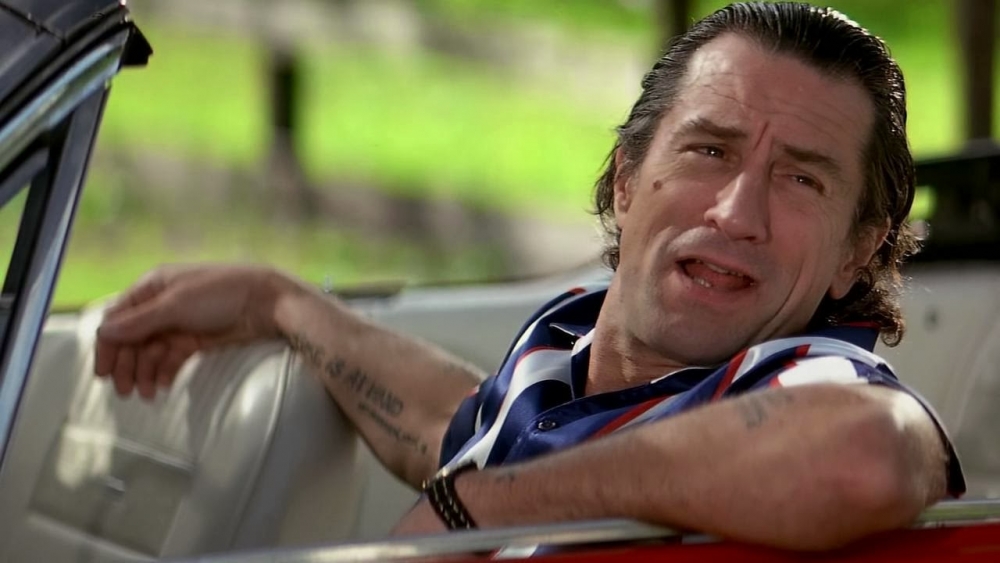
Cape Fear is one of Martin Scorsese’s most known movies, and it has been referenced in numerous other media. The success of the film starring Robert De Niro and Nick Nolte has perhaps overshadowed the 1962 Cape Fear, directed by J. Lee Thompson and starring Robert Mitchum and Gregory Peck.
The original film is based on a novel named The Executioners and tells the story of Max Cady, an ex-convict, and his plan of vengeance against Sam Bowden, the lawyer who put him in jail.
The remake by Scorsese follows the same story, and is not shy about referencing the original film, to the point that it features cameos by Mitchum, Peck and Martin Balsam (who was present in the 1962 version as well). Even more notably, Scorsese used the same Bernard Hermann score from the first film. The differences between the first Cape Fear and its remake are much more subtle and involve the general depiction of the characters.
The 1991 Cape Fear is much darker than the original since it is ambiguous about the two protagonists’ morality. Sure, Cady is a monster, but he was also deprived of a correct trial, and Bowden comes off as shady and certainly not as the all-around good guy that Gregory Peck was. This moral grey area and a much grittier approach to the depiction of Cody’s crime set the two Cape Fears as very different films.
7. The Italian Job (2003)
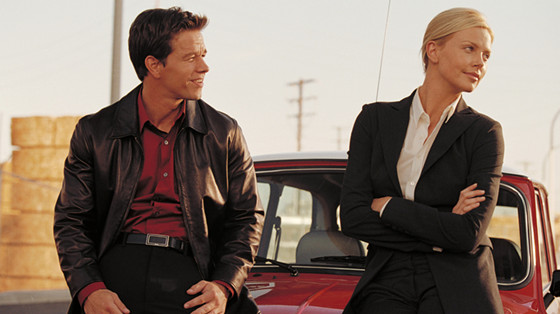
The two Italian jobs are some great examples of heist film, even if they represent two very different eras of filmmaking. The first film came out in 1969 and prominently featured Michael Caine, already a recognized star.
The remake, released 34 years later, was headlined by Mark Wahlberg but featured an ensemble of great names, like Edward Norton, Charlize Theron, Donald Sutherland and Seth Green. Some elements are present in both films, most notably the Mini Coopers, but all things considered the 2003 version has a completely different feel to it.
Much more action packed, and with a less British kind of humor throughout it, The Italian Job directed by F. Gary Gray also has a considerably original plot based around the betrayal of Edward Norton’s character. The director called it more of an “homage” to the original, and it shows. One thing that the two films have in common is the fact that they both failed to get a proper sequel even if they gathered considerable success from the public.
6. Assault on Precinct 13 (2005)
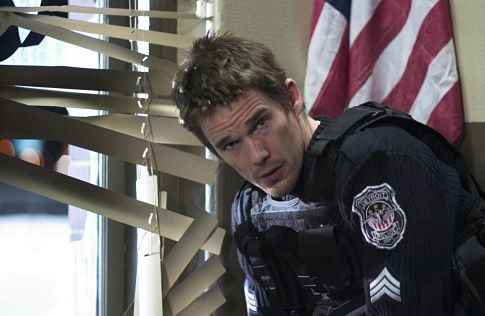
The first Assault on Precint 13 came out in 1976 and is one of the many John Carpenter-directed cult classics. Like The Thing, which also features on this list, it got recognized by the public and the critics only years after its original release. The behind-the-scenes production of the movie is quite interesting, since Carpenter went for an extremely low budget and a gritty, no-nonsense approach to the story.
The entry in this list is the largely different 2005 remake of Assault on Precint 13 directed by , but one could argue that Carpenter’s movie itself could be featured here because it is itself a sort of remake of another film, Rio Bravo. Carpenter decided to take the Howard Hawks classic and change its setting to Los Angeles in contemporary times. The inspiration and general themes are very similar, and even if Rio Bravo and Assault on Precint 13 (1976) are truly different, they paradoxically seem more linked than the first Assault and its 2005 remake.
The Jean-François Richet version starring Ethan Hawke and Laurence Fishburne loses much of the original’s nuances, and seems like a much more straight-forward and uninspired action movie. This, together with significant changes like the Detroit setting in place of Los Angeles, only make the first Assault seem more of a gem and a product of a unique moment in Hollywood cinema history.